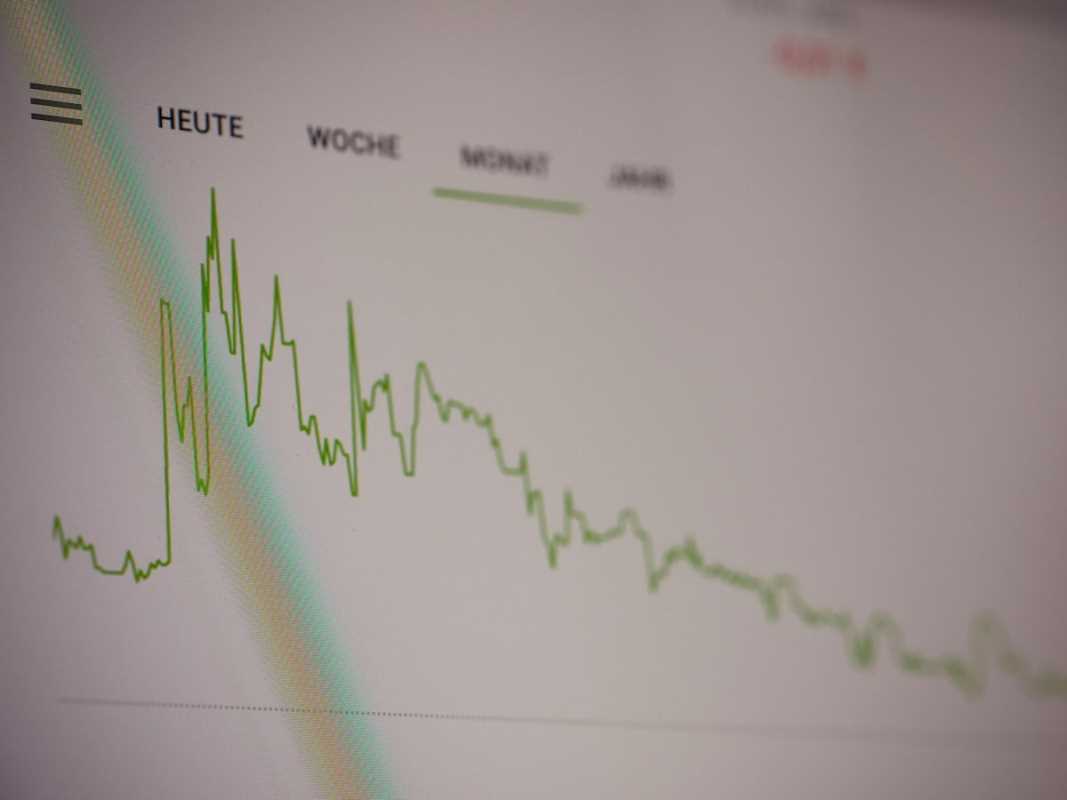No matter what the economy is doing, whether the stock market is up or down, one thing is certain: people will always need healthcare. We get sick, we get older, and we need medicines, treatments, and medical care to live longer, healthier lives. This simple fact makes the healthcare sector one of the most resilient and dependable areas of the stock market. Unlike trendy industries that can go in and out of style, the demand for healthcare is constant and growing. For investors looking for steady, long-term returns, this essential nature makes the healthcare sector an incredibly compelling place to put their money to work.
Why Healthcare is Such a Resilient Sector
The healthcare industry has several powerful, long-term trends acting as tailwinds. First, populations in developed countries around the world are aging. An older population naturally requires more medical care, from routine check-ups to treatments for chronic conditions. Second, scientific innovation is constantly leading to new breakthroughs in medicine and technology, creating new treatments for diseases that were once untreatable. This constant demand, combined with ongoing innovation, creates a stable and growing market for healthcare companies. This is why the sector is often considered "defensive," meaning it tends to hold up better than others during economic downturns.
The Different Flavors of Healthcare Investing
The healthcare sector is vast and diverse, offering many different types of investment opportunities. Pharmaceutical companies are the giants that research, develop, and sell prescription drugs. Biotechnology firms are often smaller and more focused on cutting-edge therapies, sometimes working on a single breakthrough drug. The medical devices industry creates everything from pacemakers and surgical robots to simple syringes and bandages. Finally, you have healthcare services, which includes hospitals, clinics, and health insurance companies. Each of these sub-sectors has its own unique risks and rewards.
How to Evaluate a Healthcare Company
When looking at a healthcare company, you can evaluate it with a few simple questions. Is its revenue growing consistently? This shows that there is strong demand for its products or services. How much is it spending on research and development (R&D)? A high level of R&D spending is often a good sign, as it means the company is investing in its future pipeline of new drugs or devices. What is its market share? A company with a dominant position in a specific treatment area has a powerful competitive advantage. Looking at these simple metrics can give you a good sense of a company's health and potential.
The Role of Dividends in Healthcare
Many of the large, established companies in the healthcare sector are mature, profitable businesses that generate huge amounts of cash. A lot of these companies choose to return a portion of that cash to their shareholders in the form of dividends. These regular payments can provide a steady stream of income for investors. For long-term investors, reinvesting these dividends to buy more shares can create a powerful compounding effect, dramatically accelerating the growth of your investment over time. A history of consistently paying and growing dividends is often a sign of a stable and well-managed company.
Understanding the Risks Involved
While the healthcare sector is defensive, it is not risk-free. The biggest risk is regulation. Healthcare companies are heavily regulated by government agencies, and a change in policy or the rejection of a new drug can send a company's stock price tumbling. Competition is also fierce. Once a company's patent on a successful drug expires, cheaper generic versions can flood the market and crush its sales. For smaller biotech companies, there's always the risk that a promising drug will fail in clinical trials, which can be devastating for the stock.
Diversification is Your Best Medicine
Given the risks, it's wise not to bet everything on a single healthcare company. Diversification is the best way to protect yourself. You can easily diversify within the sector by investing in a healthcare-focused ETF or index fund. These funds hold a broad portfolio of many different healthcare companies across pharmaceuticals, biotech, medical devices, and services. This strategy allows you to benefit from the overall growth of the sector while minimizing the risk that the failure of one company's drug or a single regulatory change will have a major impact on your investment.
A Simple Plan for Healthcare Investing
To responsibly add healthcare to your portfolio, start by deciding how much you want to allocate to the sector. For most people, a broad healthcare ETF can be the perfect one-stop solution. It provides instant diversification and captures the growth of the industry as a whole. If you are interested in specific companies, create a watchlist of leaders in areas you find interesting. Research their products, their financial health, and their future prospects. A balanced approach, combining the stability of large dividend-paying giants with the growth potential of innovative smaller firms, can be a powerful strategy for building wealth.
 (Image via
(Image via





